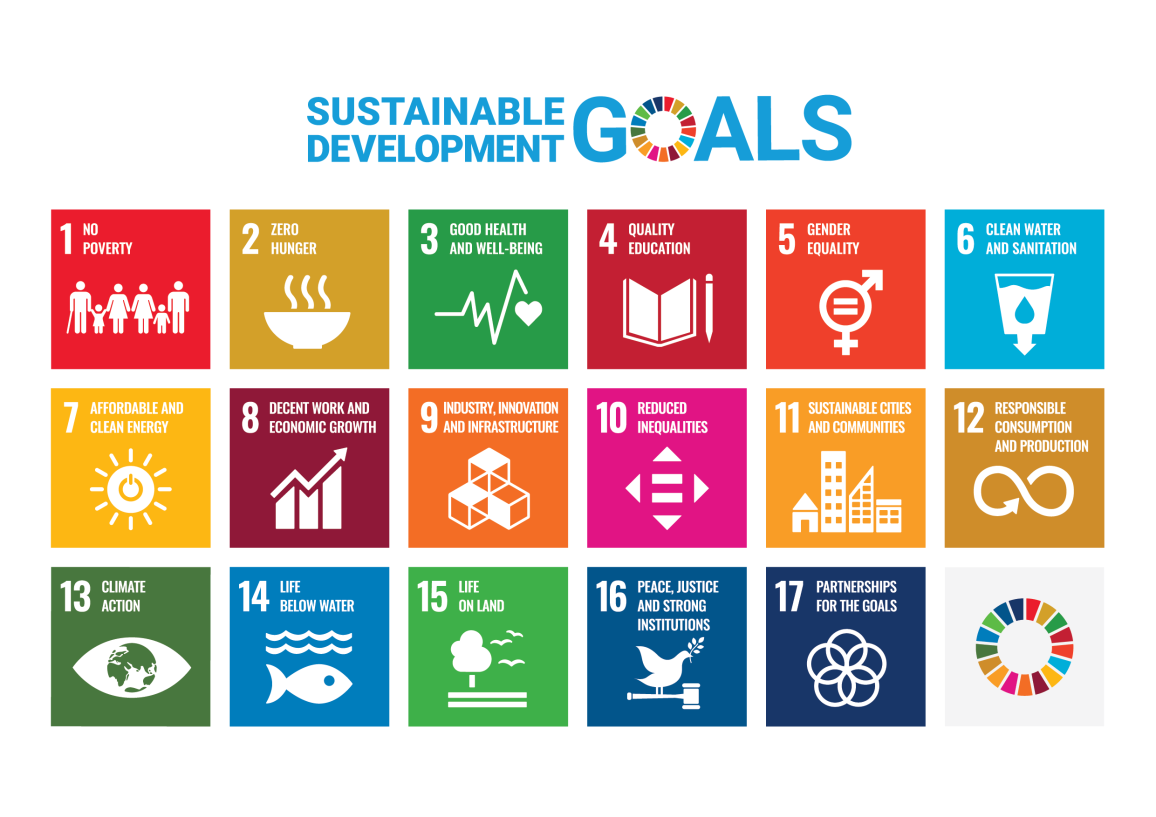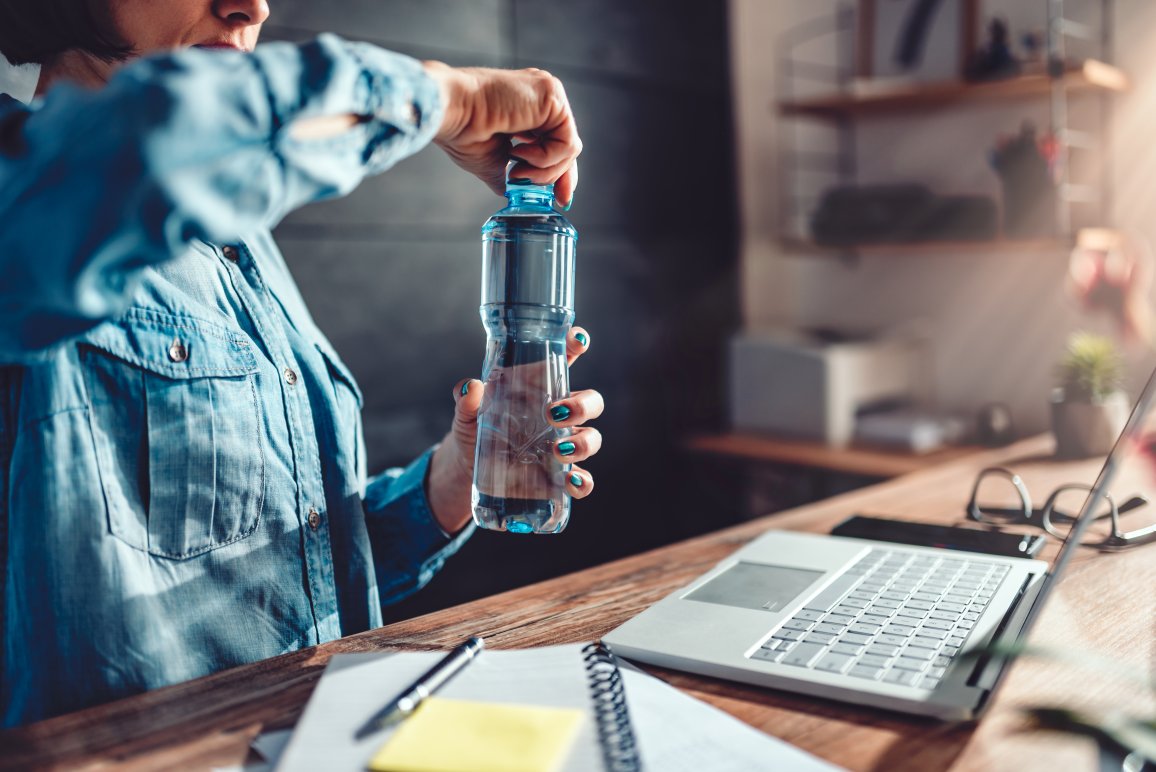Why plastic increases sustainability
Humankind is fighting to become more sustainable. To this end, the United Nations has set 17 targets to achieve by 2030, which means there’s six years left. However, the current results are rather meagre. Having said that, something that is repeatedly called a problem might actually help to achieve this objective: plastic.

A logo with 17 segments for the UN SDGs, showing how plastic can help achieve them.
Plastic, a sustainable choice? It’s not something most people think of. Instead, people around the world are calling for less plastic to be produced. In fact, though, the material has properties that help with the achievement of most of the UN Sustainable Development Goals, or SDGs, rather than inhibit it.
How plastic can be used to advance the SDGs
The Sustainable Development Goals focus on the supply of human essentials to the world’s population, which is projected to grow to around 8.55 billion people in 2030. That is why the SDGs focus first on combating poverty and hunger, followed by goals such as ‘health and well-being’ or ‘clean water and sanitation’. What contribution can plastic make to this? Plastic packaging extends the shelf life of food, which reduces the volumes of food waste. According to the UNEP Food Waste Index Report, roughly 931 million tonnes of food are thrown away every year. Plastic packaging allows food to be stored, transported and distributed safely, which improves the overall nutritional situation.
Furthermore, the low production costs of PET bottles make clean drinking water accessible to socially disadvantaged sections of the population. Due to their light weight and high stability, plastic bottles are also an important component of mobile water supply. In addition, water in PET bottles can be sterilised through UV-A radiation from the sun, a WHO-recommended method known as SODIS.
The return of used plastic bottles for a fee also offers collectors in developing and emerging countries an opportunity to make money, as practised by recycling companies IMER in Mexico and the Plastic Bank.

A PET bottle of water with a blue lid from ALPLA, showing how plastic can help achieve the SDGs by offering safe and affordable drinking water and preventing food loss.
How industry and the environment benefit too
The following SDGs on the 2030 Agenda focus on economic and environmental sustainability. Plastic plays a special role in production due to its many benefits – being a flexible and durable material and a key factor in the circular economy thanks to its high recyclability. Recycling keeps the valuable material in the economic cycle, and the proportion of recycled materials in many plastic products is constantly increasing. New PET bottles can be produced from old PET bottles using the bottle-to-bottle process. This reduces the need for primary raw materials and thus protects the climate.
If plastic waste is thermally recycled, its disposal also supplies heat and electricity – with high-performance filters that are clean for the environment. Even the resulting carbon emissions can now be captured, stored or further processed, as can the remaining ash.
In addition, due to the low melting point of about 260 degrees Celsius, the production of PET bottles consumes significantly less energy than glass – which melts at over 1,000 degrees Celsius – and there are lower emissions as well. These benefits also apply to logistics, given the low net weight of the plastic bottles – and this significantly reduces the strain on the environment and infrastructure.
How plastic waste supports sustainable development
The SDGs have brought the issue of sustainability even further into the consciousness of business and society. However, images of packaging ending up in nature have also increased awareness of the issue. It has become clear that the careful handling of plastic waste is a key factor in sustainable development. When disposed of properly, plastic supports environmentally conscious behaviour throughout its entire life cycle.
Problems with plastic waste mainly occur in places where there are no functional structures for waste disposal. This is where efficient waste-to-energy plants can help and at the same time supply energy. Recycling companies make waste add value by accepting used plastics in return for payment, goods or services. Projects such as these, which link waste disposal with poverty reduction and involve the local population, ultimately also reinforce the 17th and final SDG on the Agenda, namely, to create ‘partnerships to achieve the goals’. A start has already been made.
Do you like our texts? Perhaps even so much that you want to use them in your own media? Then please get in touch with us beforehand!
